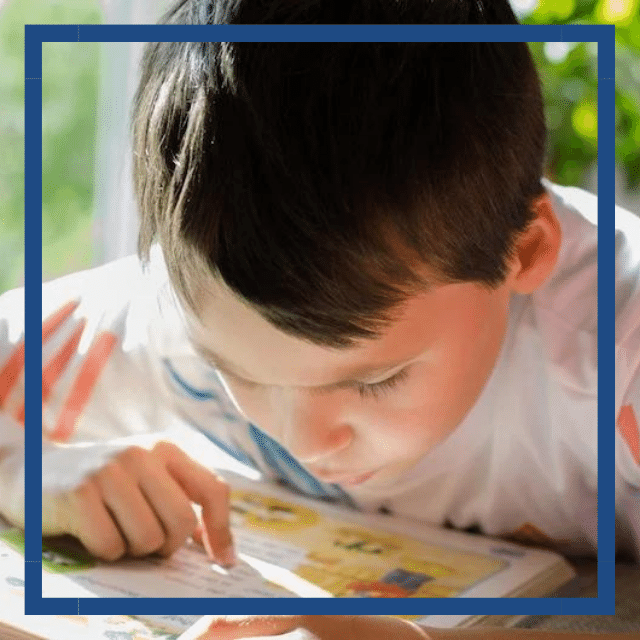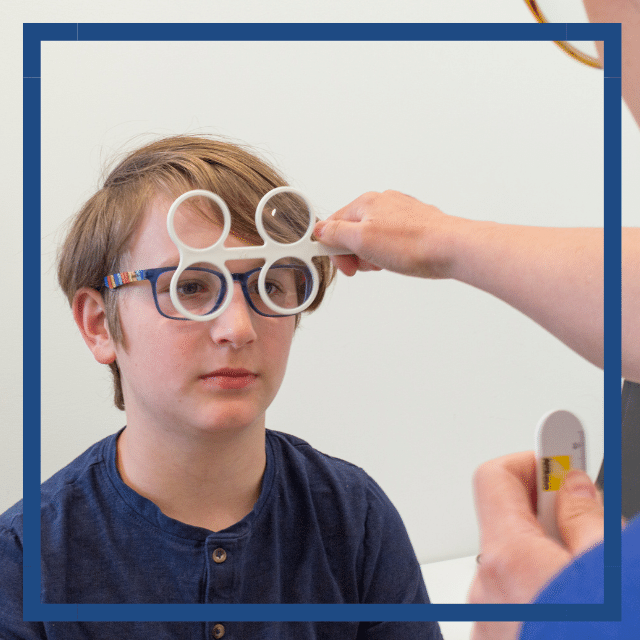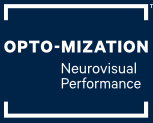Retained Primitive Reflexes and Vision Therapy
The early months of a child's life lay the foundation for their development and learning, and it all starts with their primitive reflexes. These reflex actions lie in the central nervous system and are vital for brain development. Actions such as crawling, grasping objects, or tilting the head all rely on primitive reflexes.
Initially, they’re signs of a healthy newborn, but as the baby’s brain develops, these basic primitive reflexes should naturally fade away by around 5-7 months.
Sometimes, a baby can retain primitive reflexes due to birth complications or issues during the early months of life, leading to delayed crawling and even injury.
What are Primitive Reflexes?
Primitive reflexes are involuntary movements that help with the development of muscle tone, sensory integration, head control, and overall growth. However, as the baby’s brain matures and their movements become more deliberate and controlled, these reflexes gradually fade away.
During this crucial period, the coordination between vision and movement is important for the infant’s brain to integrate the primitive reflexes, allowing the child to develop fine motor skills, gross motor skills, and more.


What Causes Primitive Reflexes to Be Retained?
- Stress during pregnancy for both the mother and baby
- Lack of movement in the womb
- Restricted body movements (e.g., extended time in car seats, carriers, walkers, or jumpers)
- Illness, injury, trauma, or chronic stress
- Other developmental delays
Integrated reflexes can be reactivated due to trauma, injury, illness, or stress.
Vision therapy can be used to retrain the brain, creating the necessary neural pathways for integration of primitive reflexes.
Vision Therapy and Primitive Reflexes
Although there are various primitive reflexes, vision therapy mainly addresses the following:
- Moro Reflex – This is one of the earliest primitive reflexes, which influences skills such as vestibular function, ocular abilities, motor coordination, and visual perception. Symptoms of a retained moro reflex include exaggerated startle reflex, motion sickness, eye teaming problems, poor coordination, and more.
- Tonic Labyrinthine Reflex (TLR) – TLR impacts eye function, motor skills, balance, muscle tone, and auditory discrimination. Common symptoms associated with TLR retention include poor posture, weak muscle tone, stiff movements, and poor sense of time.
- Symmetrical Tonic Neck Reflex (STNR) – This reflex influences fixation, focusing abilities from far to near, and the ability to cross the midline. Common symptoms associated with STNR retention include poor posture, difficulty catching and/or tracking a ball, impaired depth perception and balance, challenges with swimming, and others.
- Asymmetrical Tonic Neck Reflex (ATNR) – This reflex impacts midline integration, eye tracking, balance, handwriting, and laterality. Common symptoms of ATNR retention are problems with focusing, difficulty maintaining the correct place when copying from a source, impaired handwriting, and characteristics of ADD/ADHD.
- Spinal Galant Reflex – The Spinal Galant reflex causes difficulties with sitting still, short-term memory, concentration, and sometimes bedwetting. Other signs of retention include sensory sensitivities related to food texture, clothing tags, or waistbands and exhibiting signs of Characteristics of ADHD.


How Does Vision Therapy Help?
A vision therapy program focuses on integrating retained primitive reflexes through targeted exercises such as rhythmic movement that simulates the developmental movements of an infant.
As the body integrates these reflexes, many behavioral issues associated with retained primitive reflexes will stop. Given the direct link between vision and the brain, when our brain development is disrupted, vision can also be affected. Therefore, it is essential to address these reflexes, and a vision therapy program offers a comprehensive approach to tackling these problems.
For more information on how vision therapy can help your child integrate their primitive reflexes, book an appointment with us in Victoria or Nanaimo.
